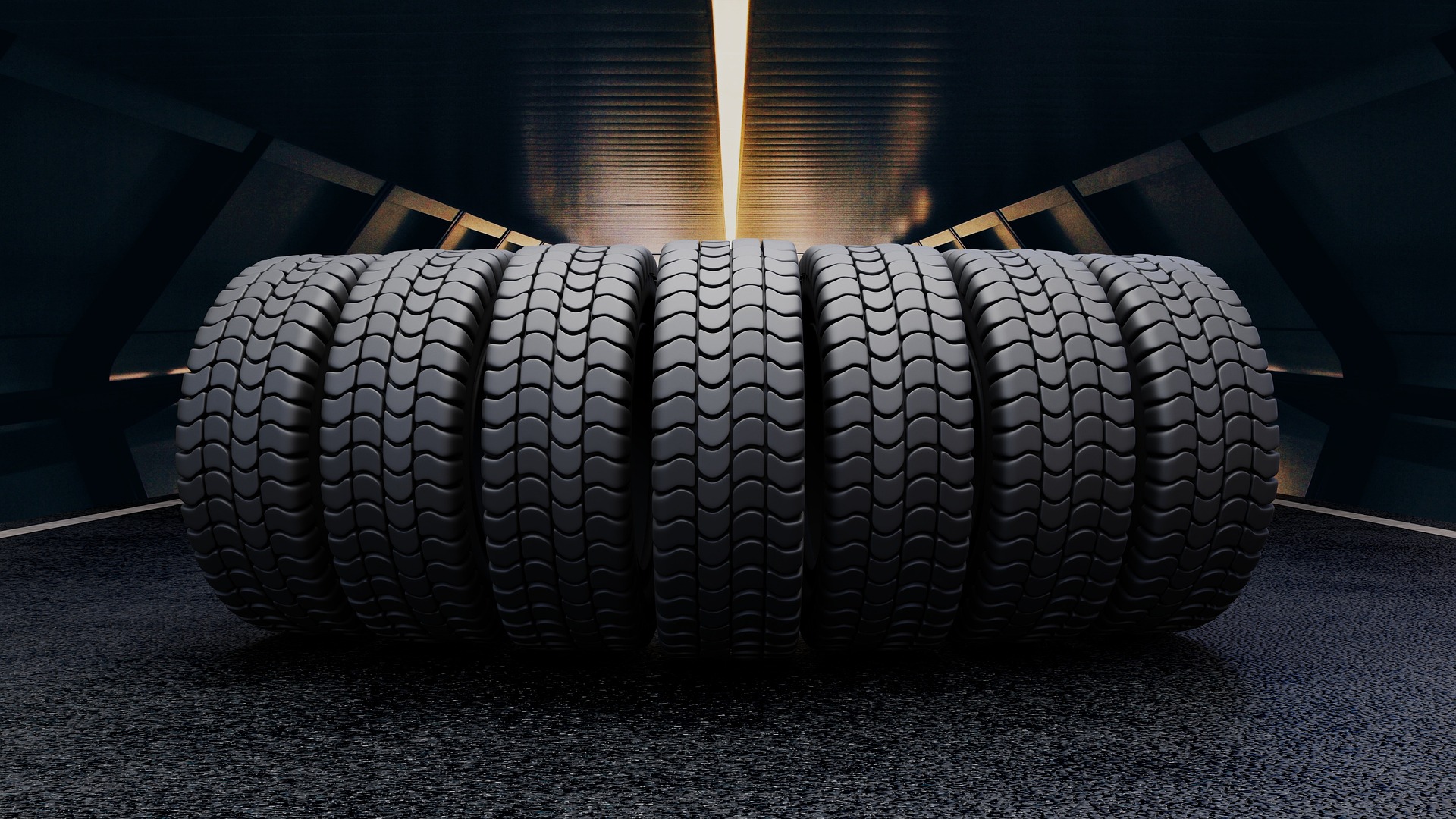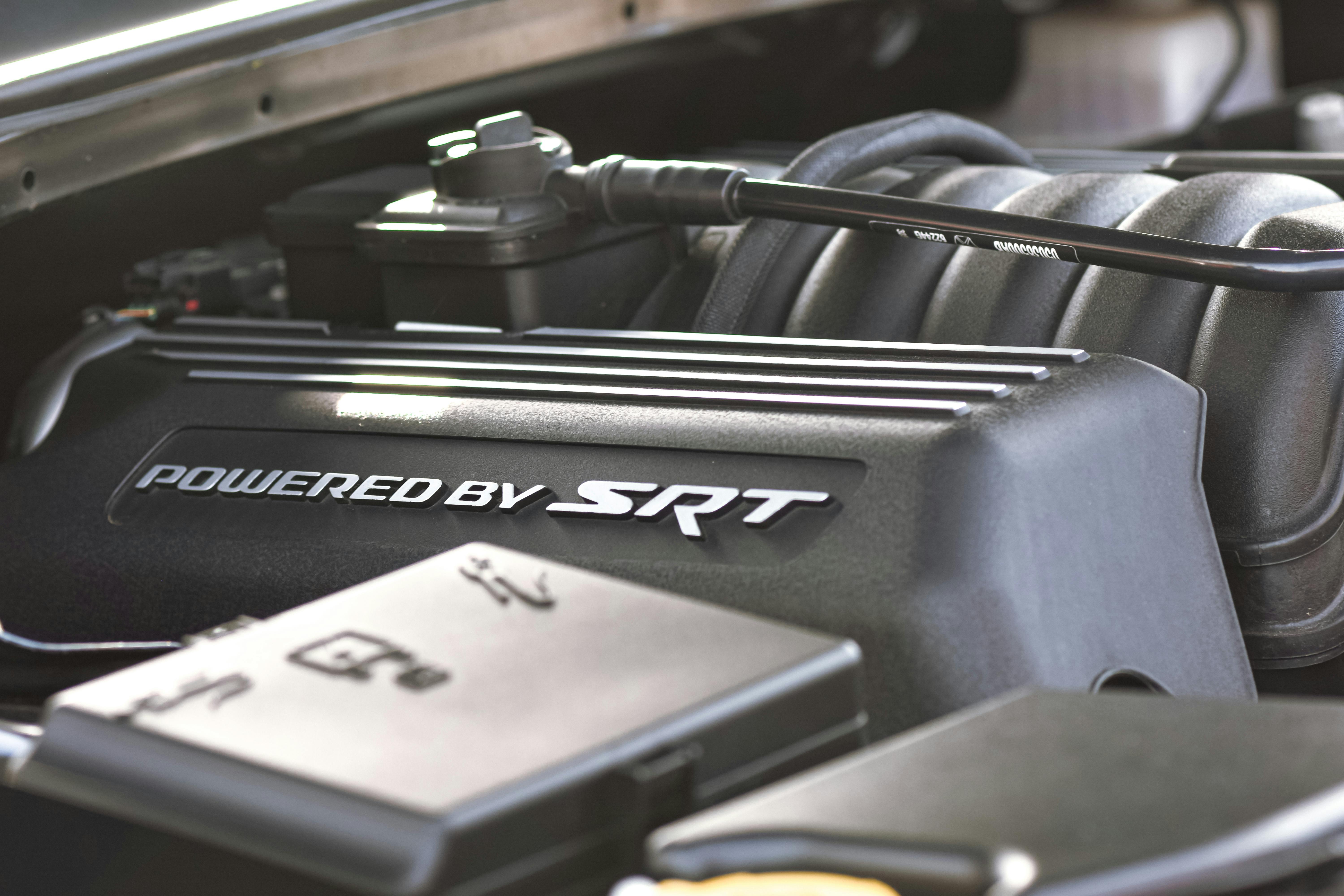A New Dawn in Automotive Cooling Systems: Exploring the World of Liquid-Cooled Brake Technology
The exhilarating thrill of speed a sports car offers is often matched by the impressive stopping power of its brakes. But as we push our vehicles to their performance limits, the heat generated can pose significant challenges. Enter, liquid-cooled brake technology, a cutting-edge development that's set to redefine traditional braking systems.
Unraveling the History of Brake Cooling
Historically, braking systems have relied on ambient air for cooling. The concept is simple: as the vehicle moves, the air flowing over the brake components dissipates heat. However, with increasing performance demands, air cooling has shown its limits. Overheating brakes can lead to brake fade, reducing stopping effectiveness and posing safety risks. Recognizing this challenge, manufacturers started exploring liquid-cooled brakes, bringing a paradigm shift in brake technology.
The Mechanics of Liquid-Cooled Brakes
Liquid-cooled brakes leverage the superior heat-absorbing capacity of liquids over air. They employ a hydraulic circuit, akin to a car’s cooling system, that circulates coolant around the brake components. The coolant absorbs the heat generated during braking and transfers it to a radiator where it’s dissipated. This not only enhances braking performance but also extends the brake components’ lifespan.
Liquid-Cooled Brakes: The Impact on Today’s Automotive Landscape
Liquid-cooled brakes are rapidly gaining traction in the automotive industry. High-performance vehicles, heavy-duty trucks, and even some regular passenger cars are beginning to adopt this technology. This shift is largely driven by the benefits liquid-cooled brakes offer: superior thermal management, improved brake performance, and extended brake life. However, the technology also brings challenges, such as increased system complexity and potential coolant leaks.
Experts Weigh In: The Future of Liquid-Cooled Brakes
Experts predict a bright future for liquid-cooled brakes. As cars continue to evolve, with increased speeds and heavier loads, the need for efficient brake cooling will only grow. Liquid-cooled brakes could soon become the norm rather than the exception. However, as with any technology, continuous research is needed to address the challenges and enhance the benefits.
The Practical Implications: Liquid-Cooled Brakes in Everyday Driving
For the everyday driver, liquid-cooled brakes promise a safer and more reliable driving experience. No more worrying about brake fade during downhill drives or when hauling heavy loads. And with potentially longer-lasting brake components, maintenance costs could also decrease.
The advent of liquid-cooled brake technology marks a significant milestone in automotive engineering. As we speed ahead in our quest for vehicular performance, this innovative technology ensures we can also stop safely, every time.






